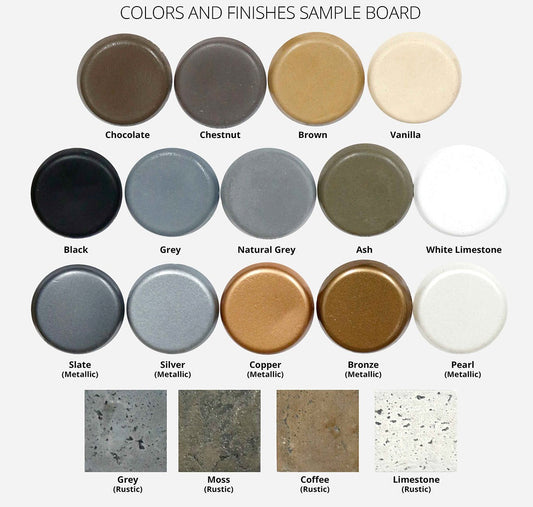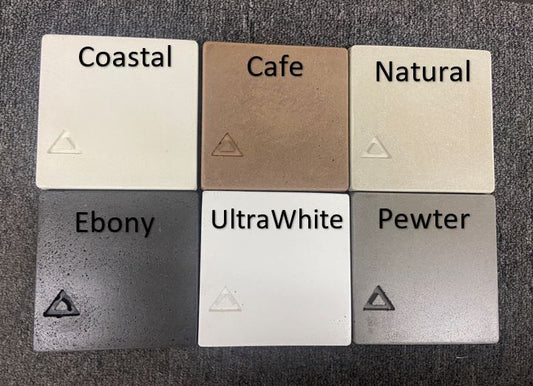What is Infrared Heat?
Infrared (IR) radiation is part of the electromagnetic spectrum, similar to visible light but with a longer wavelength. We don't see it, but we feel its warmth. The sun transmits a significant amount of infrared radiation, which is why sunlight feels warm on our skin.
Behind the Name:
Light rays that are below red in the spectrum are not visible to the human eye but have the highest temperature of all the colors. That light is known as “Infra (below) Red”.
Understanding Infrared Heat Benefits
Infrared heaters use electric coils or ceramic plates to generate infrared radiation. Infrared heaters emit a pure and secure beam of light that primarily warms objects instead of the surrounding air. This creates an instant sense of coziness. Infrared heat spreads evenly and remains unaffected by elements like drafts or wind, delivering reliable comfort.
Infrared heaters instantly distribute heat evenly without having to worry about ventilation requirements or wind conditions. These silent heaters enable quality time with loved ones indoor or outdoor.
Considering Infrared Heaters?
If you're looking for a more targeted and comfortable heating solution, infrared technology might be the perfect fit for you. Remember to consult a qualified electrician for installation to ensure safety.
Choosing the Right Infrared Heater for Your Needs
While this blog post dives into the how and why of infrared heaters, it's important to choose the right heater size for your space. Always refer to the product description or consult a qualified electrician for specific wattage recommendations. However, this quick guide can help you get started:
- Measure your space: Knowing the square footage of your patio or intended use area is crucial.
- BTUs: BTU measures heating power. Higher BTUs indicate a more powerful heater suitable for larger spaces. As a rule of thumb, multiply the square footage of your space by 20 to estimate the required BTUs. So, a 200-square-foot patio would require a heater around 4,000 BTUs (200 sq. ft. * 20 BTU/sq. ft. = 4,000 BTU).
- Wattage: Wattage relates to the electrical power a heater consumes. There's a general conversion between BTUs and wattage (1 BTU ≈ 0.293 watts). However, heater efficiency can cause variations. Always refer to the product specifications for the exact wattage of a particular BTU heater.
























